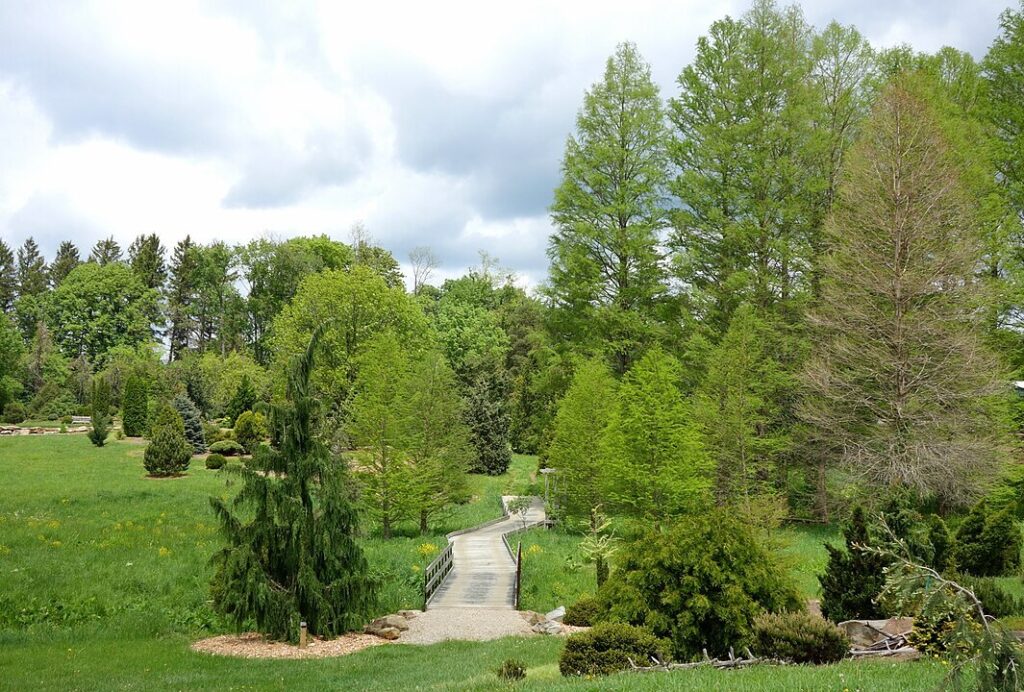Heritage Trees: Planting History for America 250 Ohio
by Leslie Wagner, The Dawes Arboretum and Heritage Trees Project Manager
A Historian at an arboretum
I am a Historian who works at an arboretum. My background is in history and curatorial work which never included the outdoors.
Over the past 10 years, my coworkers have shown me how trees are accessioned objects, part of a significant and historical collection just like the historical objects I care for.
A museum’s collection can extend past the brick-and-mortar building, that’s how an arboretum functions. Arboretums are tree museums.
A brief history of Ohio’s trees
What is the history of Ohio’s trees? Early Ohio frontiersmen quickly cut down trees for their settlements and farms. Author David McCullough determines in The Pioneers, “Trees were the enemy standing in the way of progress.” Survival did not allow the luxury of preserving natural surroundings. Forests were razed for more than a century in favor of buildings, crops, charcoal for iron production, and extraction of natural resources. The Ohio Division of Forestry was formed by an act of the state legislature in 1906, to protect and reforest state and private lands
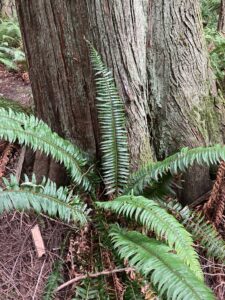
Reforestation and conservation take root
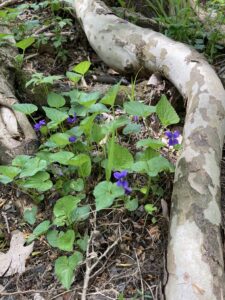
The American Conservation Movement of the late 19th and early 20th century preserved natural features in America in reaction to industrialization and urbanization. Ohio witnessed a 150-year period of forest removal, a trend that did not reverse until after World War II. From the Ohio Department of Natural Resources Division of Forestry website: “…Ohio was nowhere near as forested as it was 100 years before with only 10 percent of the state with forest cover [in 1916].”
Today, Ohio is increasing its forested acreage
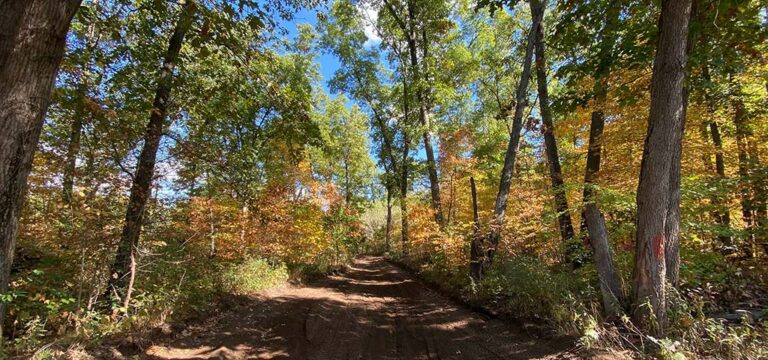
From the Ohio State University’s website, the first state forester, Edmund Secrest, “…helped Ohio pass a 1915 law enabling the state to acquire scenic lands to be used for reforestation and recreation. Today those lands make up many of Ohio’s state forests.” Currently, about 30 percent of Ohio is forested or nearly eight million acres.
America 250-Ohio creating a legacy through tree planting
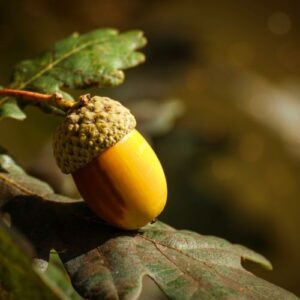
The America 250-Ohio is offering each Ohio county a legacy gift of a native Ohio white oak tree in honor of America’s 250th birthday. We plan to provide trees in 2025 and 2026, as one of our signature activities in every Ohio county.
This effort is titled Heritage Trees: Planting History. Trees are living history and planting a tree is a way to honor Ohio’s past, shape the present and establish our environmental future.
Where the Heritage Trees will be planted
A city will be chosen in each county in partnership with county leadership. Sites selected could be a city that acts as the county seat or participates in the Tree City USA program. We are grateful to our Presenting Sponsor Cenovus Energy for making this endeavor possible.
A white oak was chosen by the working team to represent Heritage Trees as they grow in many soil types, resist most tree diseases and many species are native to Ohio. A specific white oak species will be chosen based on the county climate and purchased from a reputable Ohio tree nursery.
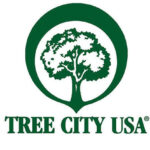
Advocate locally for a Heritage Tree in your community
- Encourage your local county officials to participate in this statewide effort.
- Share this program with friends, family, and local organizations passionate about history and the environment.
- Plan to participate in the tree planting event that will be happening in your county!
For More Information
If you have questions or need more information, please email us at heritagetrees@ohiohistory.org
Stay tuned for updates and events as we plant Ohio’s future, one tree at a time! Together, we can plant a legacy that will inspire and connect generations to come.

Leslie Wagner is the leader of the Heritage Trees working group which involves Ohio arboretums including Cox, Dawes, Holden, Secrest, and Stanley Rowe, the Ohio Department of Natural Resources’ Division of Forestry, Keep Ohio Beautiful and Cenovus Energy.
